Subscribe to Zero-Sum Pfear & Loathing


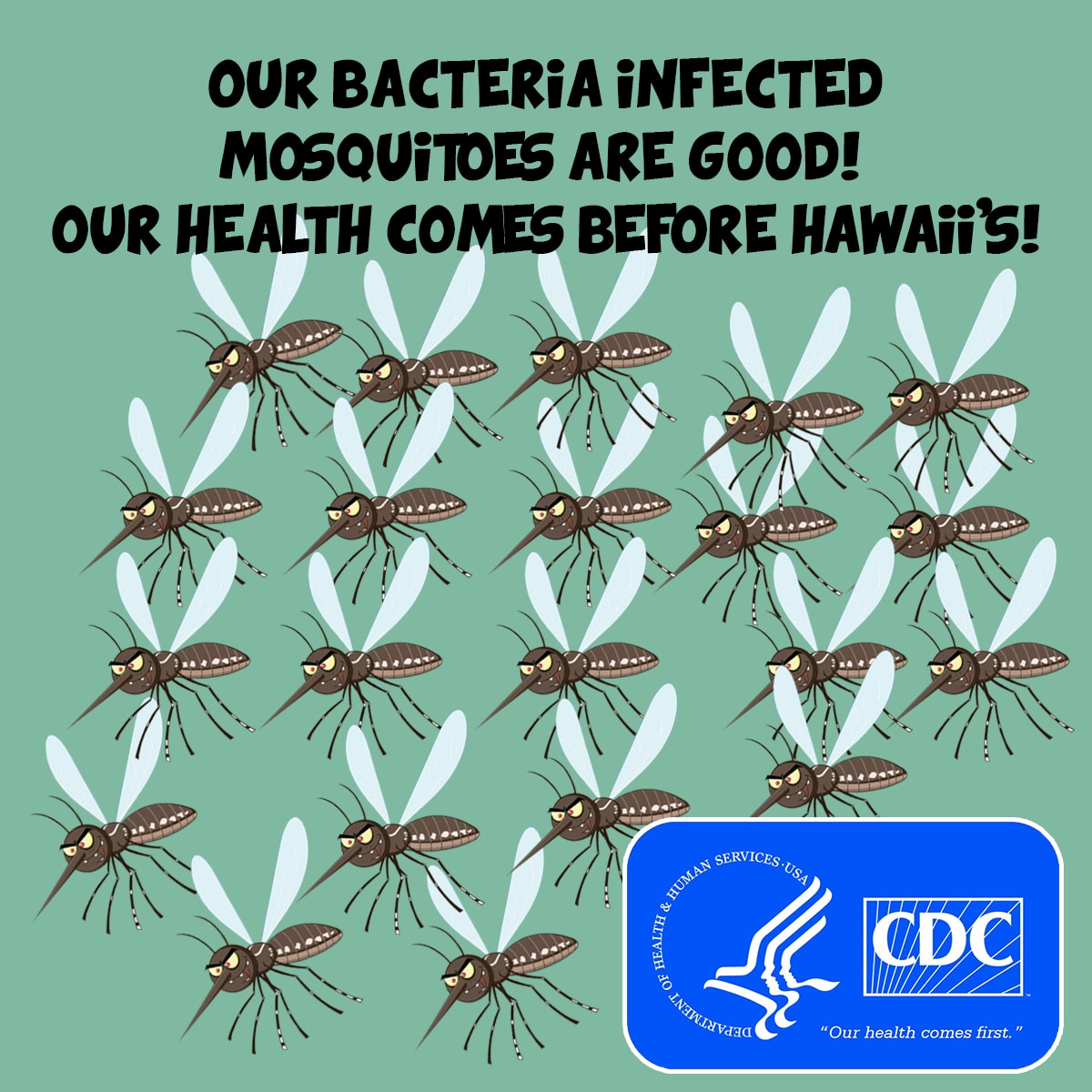
In 2016, a Workshop to Formulate Strategic Solutions for a “Mosquito-Free Hawai‘i” was convened at Hawaiʻi Volcanoes National Park that laid the groundwork for dangerous biotech experimentation using billions of lab-altered mosquitoes to be released on our islands into perpetuity (forever). This workshop was organized by several of the agencies in the Birds, Not Mosquitoes (BNM) partnership pushing the current bacteria-infected mosquito releases on the islands of Maui and Kaua‘i, including:
The workshop was also organized by the 2016 IUCN World Conservation Congress. IUCN is the International Union for Conservation of Nature, a membership union founded in 1948 as an initiative of eugenicist Julian Huxley.
“It has been claimed that the IUCN puts the needs of nature above those of humans, disregarding economic considerations and the interests of indigenous peoples and other traditional users of the land. Until the 1980s IUCN favored the ‘Yellowstone Model’ of conservation which called for the removal of humans from protected areas. The expulsion of the Maasai people from Serengeti National Park and the Ngorongoro Conservation Area is perhaps the best known example of this approach.”
Over seven years ago, this workshop focused on the use of Incompatible Insect Technique (IIT) Wolbachia-bacteria-infected mosquitoes as a strategy for addressing the threat of avian malaria to native birds. Rather than beginning to conduct the extensive comprehensive studies needed to assure that this approach would not put the health of Hawai‘i’s people, wildlife, and ‘āina at risk, these agencies worked together in the years ahead to secure millions of dollars in funding and to push a slick propaganda campaign in an attempt to convince our communities that the mosquito technology had been studied for safety. Nothing could be further from the truth.
The reality is that our islands are being used as testing grounds to advance the agenda of the corporations developing this mosquito technology. The agencies benefitting from the cash cow windfall of federal funding, grant opportunities, and public-private partnerships have put their own interests above the health and the voice of these islands. We are the experiment.
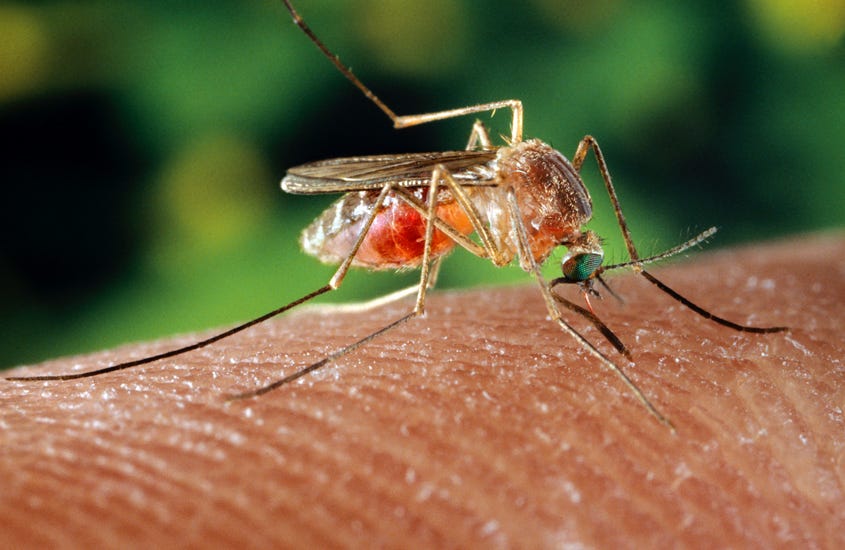
In 2016, the white paper workshop summary noted the inevitable release of female mosquitoes that bite, breed, and spread disease.
“However, because laboratory females that carry novel Wolbachia can be accidentally released alongside males, sex separation is required to ensure only males are released. Current sex separation techniques are not 100 percent effective, therefore they are the focus of intense research and development, along with continued work to automate and reduce the costs associated with the mass rearing of mosquitoes.”
That sorting research and development is still in progress. While at the same time lying to the people that only male mosquitoes will be released, BNM has been throwing around wildly varying estimations of just how many females will be let loose on the islands. The facts, however, are stated in their own documents. For the Maui project, the EPA allows for the release of 3,103 bacteria-infected female mosquitoes weekly. Just one female mosquito released can produce 160,000 more females through breeding of the generations in her eight-week lifespan. That’s a lot of biting disease vectors.

BNM is also lying about the introduction of foreign organisms to the islands. The EPA Application for Section 18 FIFRA Emergency Exemption for use of the lab-altered mosquitoes (“DQB Males”) states the following:
“The DQB line of mosquitoes was developed through transfection of Wolbachia pipientis wAlbB isolated from Ae. albopictus KLP strain mosquitoes originating from Kuala Lumpur, Malaysia into Culex quinquefasciatus Palmyra strain mosquitoes originating from Palmyra Atoll.”
Mosquitoes for this project are being sourced from Palmyra Atoll, and the bacteria is originating from Malaysia. That is the very definition of foreign organisms.
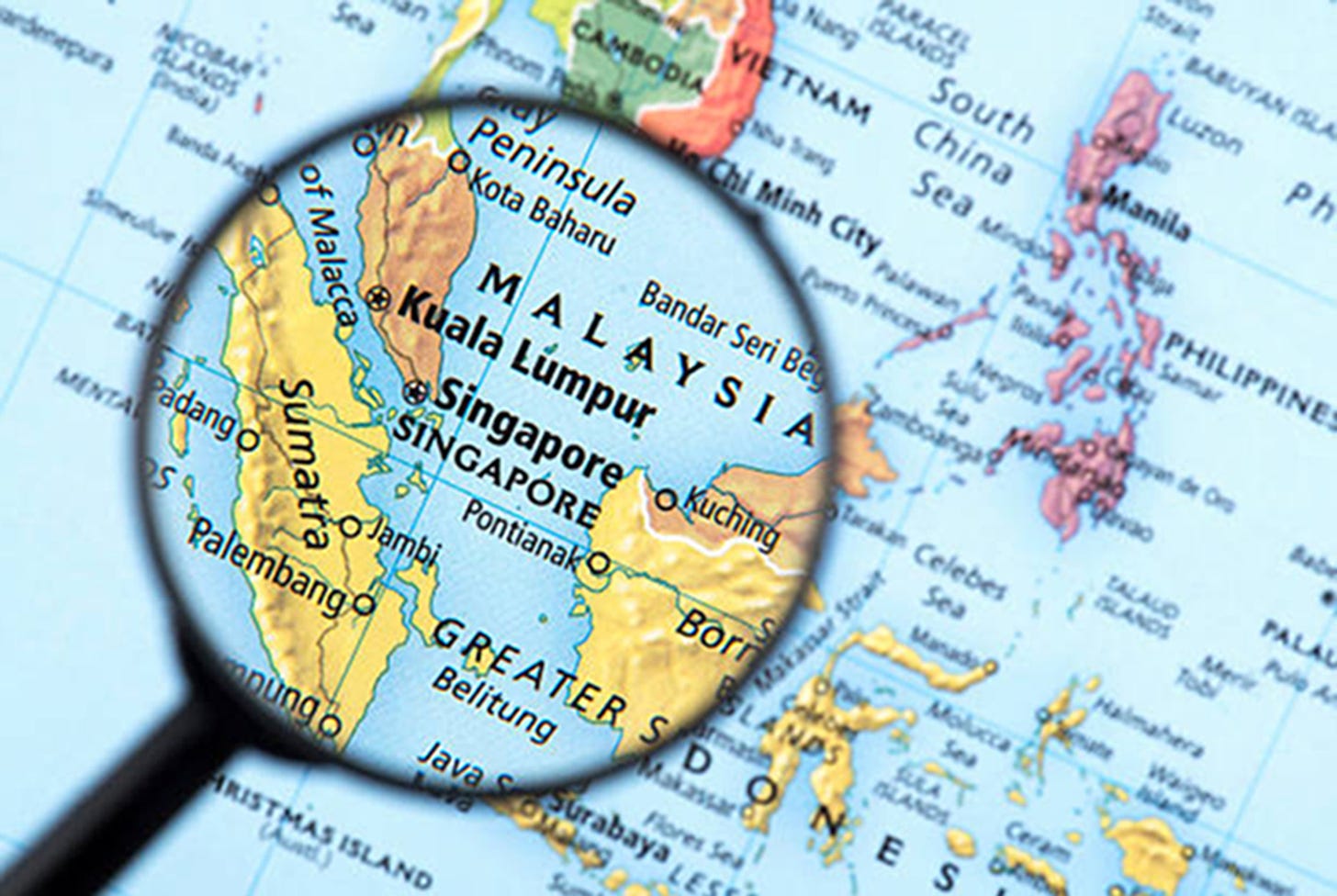
The experimental nature of the plan has also been misrepresented. Contrary to the BNM narrative that this technology has been deployed safely worldwide for decades, the southern house mosquito species used for this project has never been documented as used before for Wolbachia IIT stand-alone field release. Wolbachia IIT itself is a novel tool for conservation purposes, and the East Maui and Kaua’i project areas are the largest Wolbachia mosquito releases of any kind globally to date.
Peer-reviewed studies show that this mosquito release plan has the potential to increase human disease and may even cause the extinction of the endangered native birds it’s meant to protect. Additional serious issues yet to be adequately addressed by BNM include:
No studies have been done to evaluate the direct, indirect, and cumulative impacts of these mosquito releases. Instead, BNM continues pushing the narrative that we’re suddenly in a crisis where the only solution is the endless unleashing of millions of lab-altered insects into our environment every week with no way of knowing what effect this will have on our islands’ health over time. These agencies knew in 2016 when they met to set the stage for this project that the scope and magnitude of the plan required extensive scientific studies to assess the safety and potential significant impacts. Instead of doing the right thing for our community and the ‘āina, they chose to plow forward with willful disregard of the risks, using these sacred lands as testing grounds.
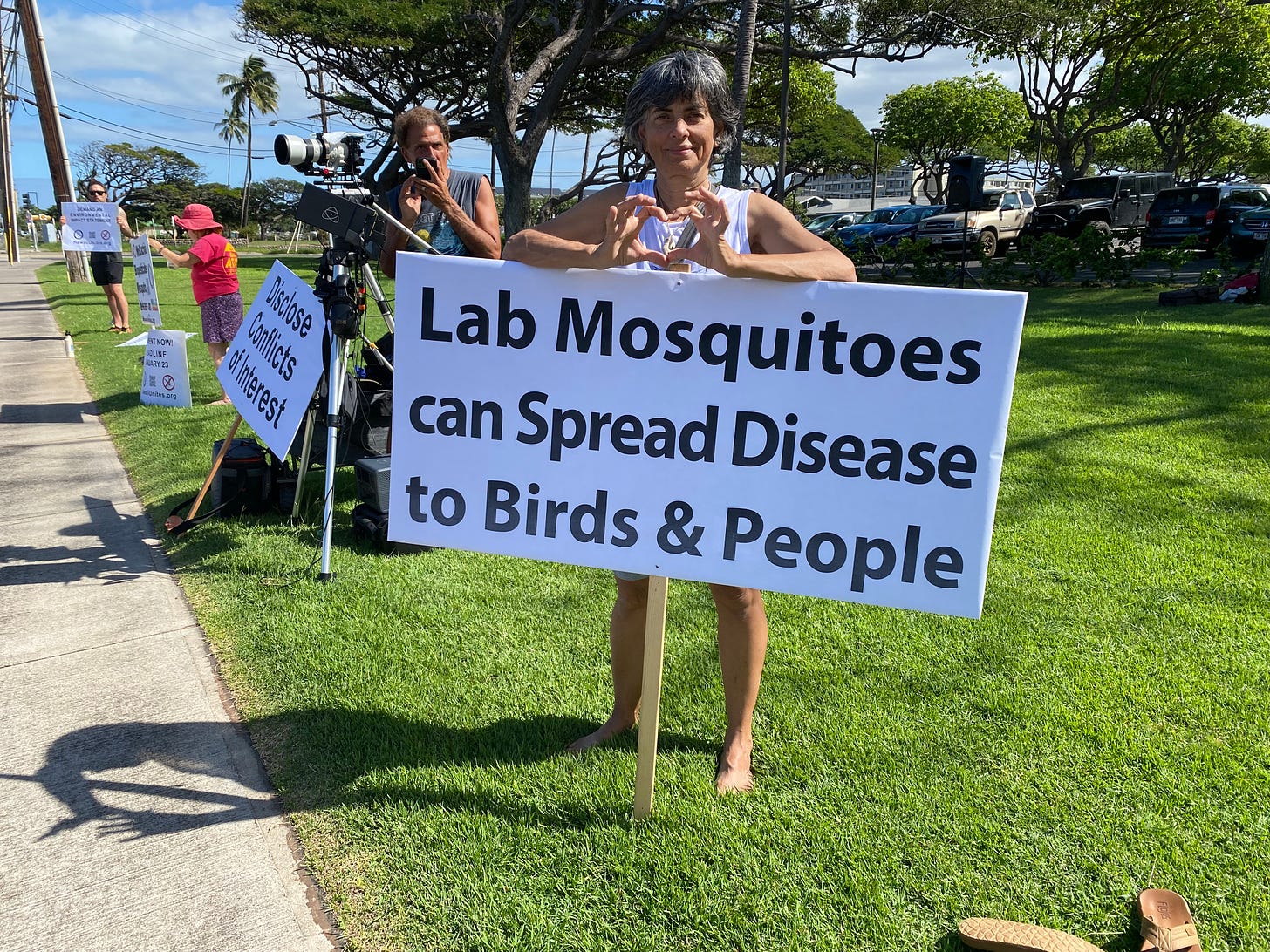
Hawai‘i Unites Rally to Protect the ‘Āina (Maui 1/14/23)
We also have to question at what point during the planning the Department of Land and Natural Resources (DLNR) knew they would be funded to build out the insectary in their Hawai‘i lab with the intention of mass-producing lab-altered mosquitoes for perpetual release on the islands. When did BNM intend to disclose their long-term plans of releasing not only bacteria-infected mosquitoes, but mosquito gene drives, synthetic biology control tools, and pgSIT CRISPR gene-edited mosquitoes mass-produced in the DLNR lab?
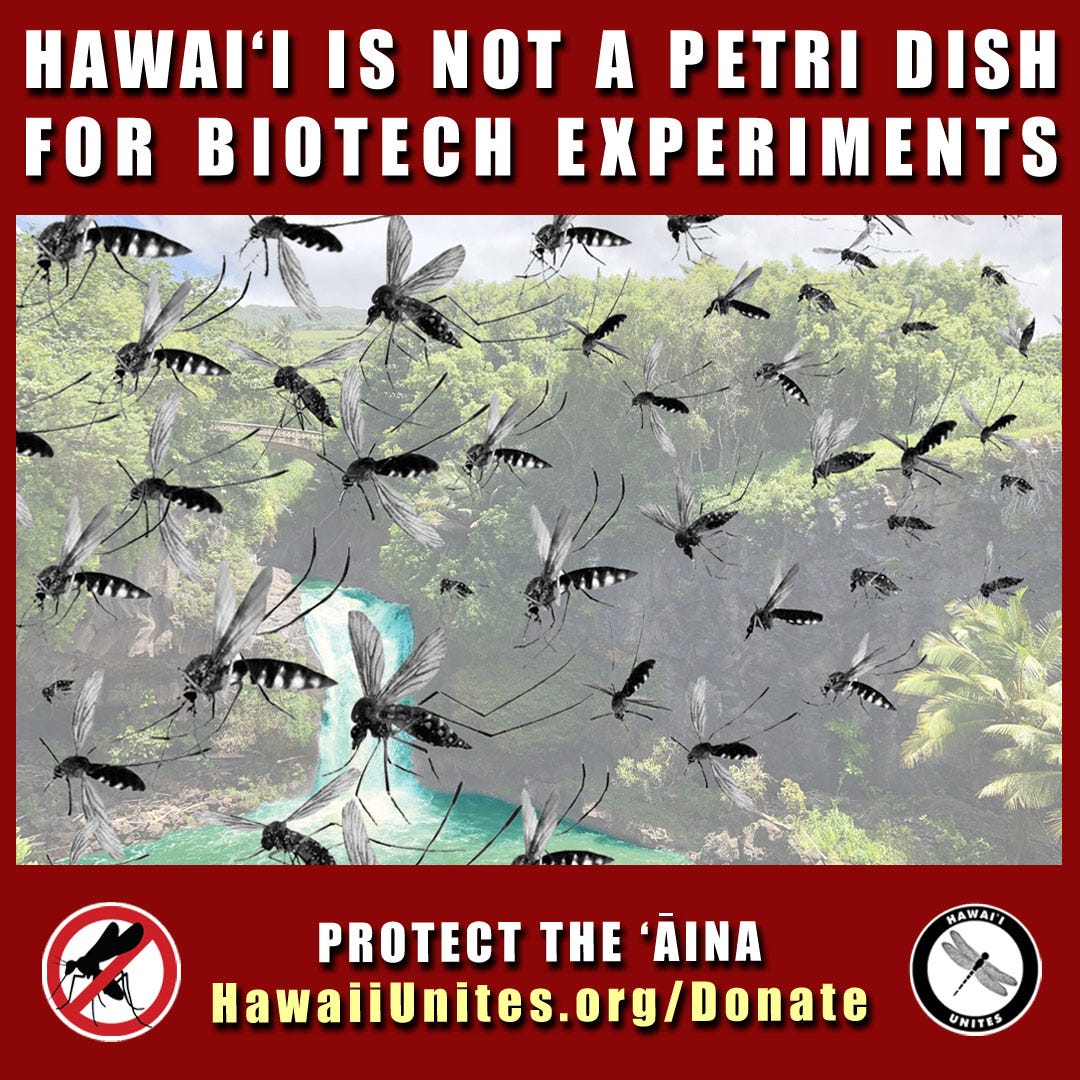
Because BNM agency partners failed to study the risks and impacts of their dangerous Wolbachia mosquito release plan, Hawai‘i Unites has taken the DLNR and its Board to court to seek a ruling to require an Environmental Impact Statement for the Maui project, ground zero for these experiments. We’re up against heavily funded state and federal government agencies and non-governmental organizations who will stop at nothing to force this reckless biotech insect agenda on these islands.
We have a strong case that is actively moving through the appeals process, and we will continue working to get this case to trial. The outcome can set a precedent to change the course of this agenda worldwide. If we can stop this from happening on Maui, we can stop it from advancing throughout Hawai‘i and on to the next targeted location.
Please consider making a tax-deductible donation to our organization to help us stop this hazardous experimentation and protect our rights to live in a healthy environment.
Mahalo,
Tina Lia
Founder
Hawai‘i Unites
HawaiiUnites.org
Hawai‘i Unites is a 501(c)(3) nonprofit organization dedicated to the conservation and protection of our environment and natural resources. Your tax-deductible donations help us to fulfill our mission of honoring and protecting our sacred connection to the natural world.